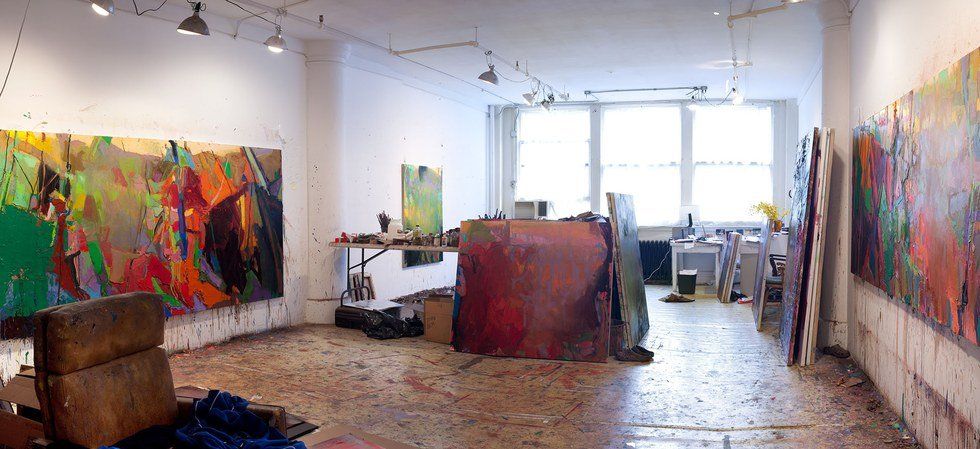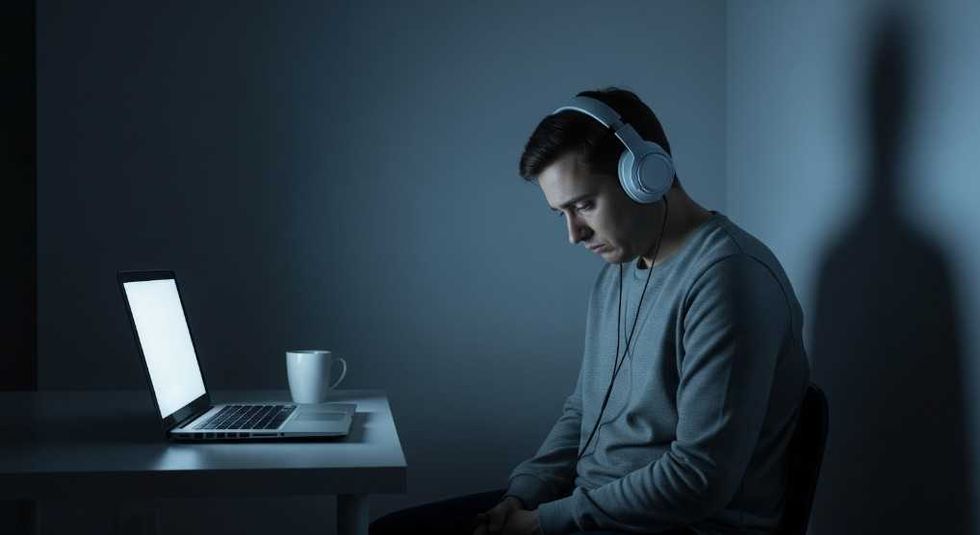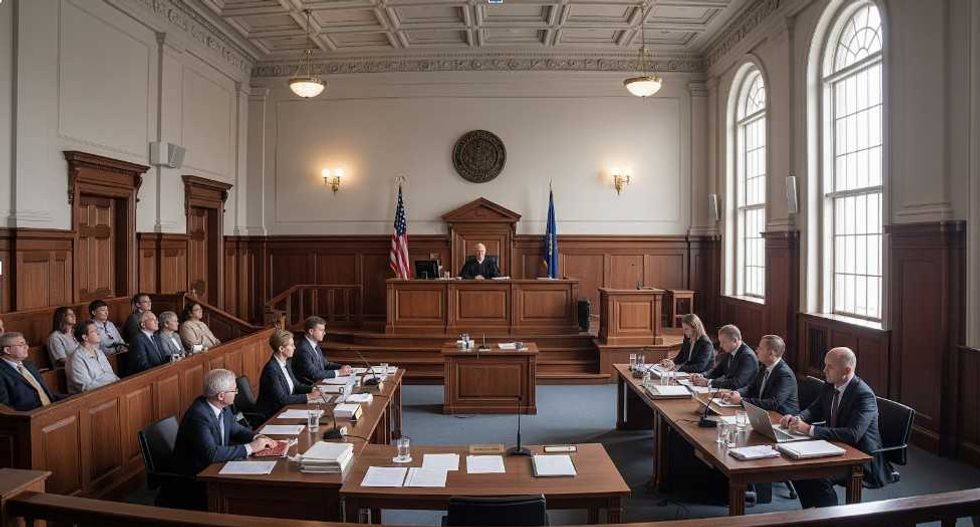This week, I’ve been asked several times by friends to explain my “artistic process.” As one of the few art majors on Rice’s campus, what I do isn’t something a lot of my peers have an experiential understanding of. Calling it an “artistic process” sounds a bit pretentious, but just like there is a scientific process for experiments, so too is there a process for creative production. This process can be different for everyone, and can pertain to just about any creative subject you can think of: writing, art, even open-ended homework assignments.
The process, in fact, isn’t even that different from the scientific method, something I realized after spending a good amount of time discussing science and art with a friend late last night. In a science experiment, you begin with a question or a problem that needs to be solved. This is exactly how I, and many others, begin a creative work. In school, it starts with a prompt from a professor, which can go one of several ways: It can focus on a concept (e.g. an introspective self-portrait), a material (this project will require you to use wood), or a combination of the two (use wood as a prominent material in your introspective self-portrait). Even if the prompt or assignment is horrible, it still offers a starting point for the project. Even if you’re beginning a project simply by doing something you like, or using an interesting material, that’s still a starting point. Like having a scientific problem or question to solve, you now have an artistic problem to solve, be it conceptual or material.
After reaching a jumping-off point, the next step in an experiment is often to do some background research on the issue at hand. This is usually the case with an art project. For instance, in my sculpture class, after being introduced with our prompt I begin thinking about different materials I might want to use and what I want the piece to look like. I have to do some research about what materials are available at what cost and look up some artists. (It’s often useful to look up artists that interest you and/or that are related to the concept of the project in some way to see what has been already done and seek some inspiration.) In addition, this research can provide ideas about new materials, or materials that may go together in pleasant or surprising ways. This is similar to looking up existing experiments in your scientific field of interest, or experimental methodologies prior to developing a procedure for the experiment. Going into a creative project is also made easier by having some background knowledge about resources and materials, which can inform and shape your project’s conceptual development.
The next conventional step in the scientific method is to develop a hypothesis that drives the experiment and details how you anticipate results to turn out. Now, I don’t think many artist come up with "If/Then" statements to begin constructing their pieces, but many of us sketch and diagram and go into the piece with expectations for the finished product.
Then comes the testing of the hypothesis through experimentation. In art, this is when we test out theories about material and concept by beginning to create the artwork. It is at this point that you see if your research is accurate, and how your variables interact with one another. As in science, how the experiment, how the process, goes, can change or confirm your hypothesis and expectations, in frustrating and/or groundbreaking ways.
The last two main points of the scientific method — analyzing data and drawing conclusions, and communicating results — are often wrapped up together in an art project, but still exist as distinct elements of the process. In any creative product, data analysis becomes interpretation, oftentimes involving viewers. Communication of results turns into critique and discussion or writing about the final piece, with information coming primarily from the artist themselves. In art classes, final projects are typically met with feedback from the class, which involves each student and the professor discussing the work, with the artist having a chance to explain the intentions and process of the work.
The artistic process can be extremely frustrating at times. Materials are unavailable or unwieldy, you can have too many ideas or no ideas at all, inspiration can run away at any given moment — the list goes on and on. But, if you lose yourself in a process and push yourself far enough, the experience can be truly rewarding. And, hopefully, at the end of it all you'll wind up creating a final product with some sort of impact, even if that impact is primarily on yourself.
Many people talk about the divide between science and art, but we really aren’t so different. Both involve transforming an oftentimes very nebulous idea to a final product, whether it's a scientific result or a sculpture. Our ways of getting from beginning to end may differ slightly in appearance, but the process is very much the same. As a cell biologist engages in an experiment on stem cells with certain variables at play, so too do artists work on pieces with a myriad of component parts that affect each other. The materials, and how those materials are/can be used, will impact an artist’s use of elements and principles, and can impact and be impacted by the project’s concept and end goals. Both science and art are about learning and experimentation and require curiosity and persistence. Science and art are inextricably linked with each another, and if those links are recognized, one can serve to inform the other in pretty miraculous ways.




















